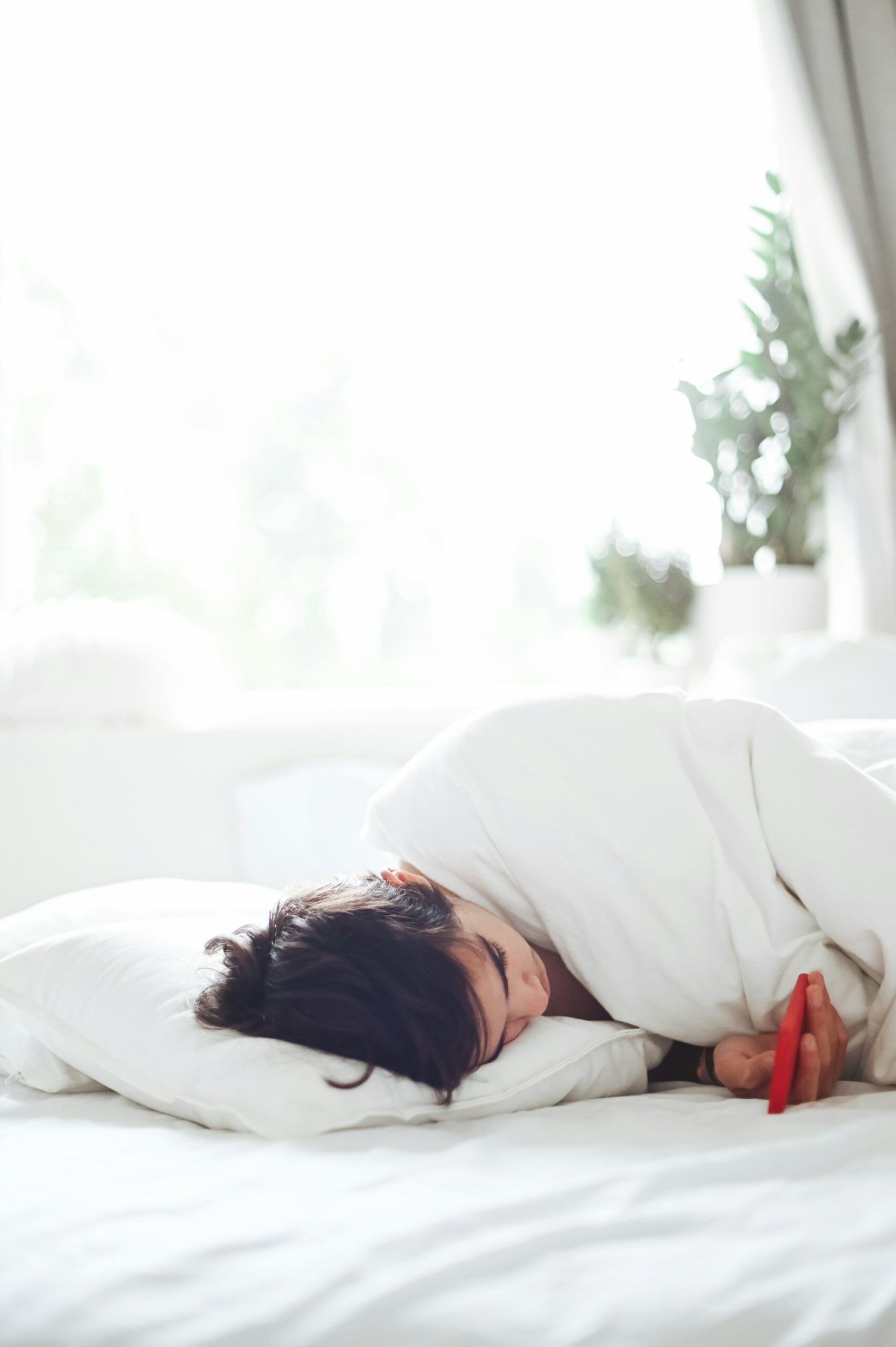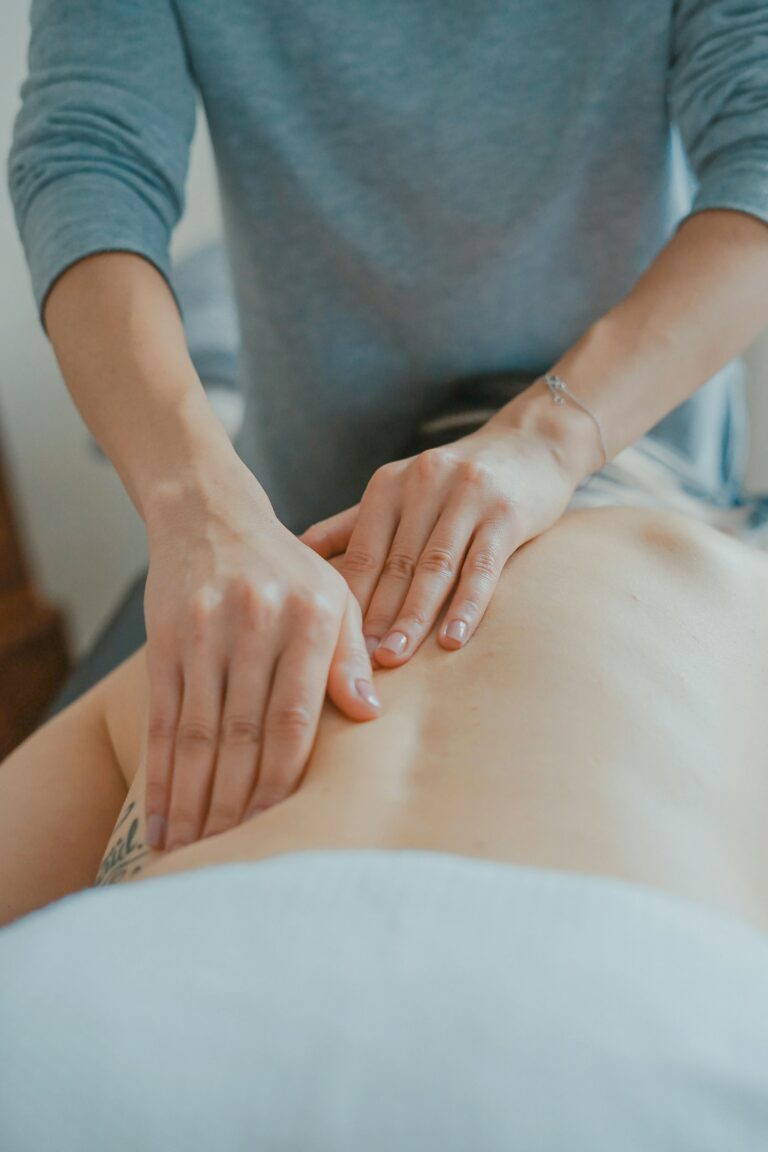Caught in the whirlwind of rapid growth, emotional ups and downs, and tightening academic schedules, today’s parents often find themselves facing a silent yet pervasive dilemma: adolescent sleep. Why does your once-early riser now struggle to get out of bed? How does scrolling through TikTok at midnight disrupt learning, mood, and even metabolism? The science is evolving, but the lived reality—fatigue, forgetfulness, irritability—is immediate, and the stakes ripple across home, school, and health. Drawing from new research, medical expertise, and the wisdom of lived experience, discover how biology, hormones, routines, and screens tangle into a complex web that shapes adolescent sleep. From the mysteries of melatonin to the realities of blue light, expect answers, guidance, and perhaps—respite.
The Biology of Adolescent Sleep: Hormones, Clocks, and Growth
Unpacking adolescent sleep begins at the molecular level. What flips the switch between wakefulness and drowsiness? Enter the circadian phase delay—a natural shift driven by puberty that turns the internal body clock upside-down. Instead of drifting off at 9 pm, most teens feel truly sleepy only hours later. Behind this, a powerful surge of melatonin (the “sleep hormone”) occurs far later at night than in childhood. Here’s what’s startling: while the need for sleep does not diminish with age, the mechanisms that regulate it become sluggish. Adenosine, a byproduct of brain activity, accumulates more slowly, so the pressure to sleep builds late and dissipates slowly by morning. Adolescents, on average, require 8 to 10 hours of restorative sleep to support growth, cognitive function, and emotional equilibrium.
Meanwhile, the architecture of sleep evolves. Teens cycle through 5–6 complete sleep cycles per night, each pattern including REM sleep—critical for learning and processing memories—and deep slow-wave sleep, which powers immune recovery and growth hormone release. Miss a cycle, and the consequences aren’t just “feeling tired.” They may surface as poor attention, emotional volatility, or impaired glucose metabolism.
Circadian Rhythm and Its Discontents
Imagine a 24-hour biological clock, calibrated by light exposure. For adolescents, evening light—especially from screens—shoves the clock forward, sabotaging natural sleep onset. Couple this with inconsistent bedtimes and variable wake times, especially on weekends, and the social jet lag often mirrors the aftershocks of changing time zones. Early school starts are, medically speaking, antagonistic to this biology, often resulting in diminished sleep quality and impaired next-day functioning.
Norms, Variations, and Realities of Adolescent Sleep
Irregular Routines and Modern Pressures
School bells at the crack of dawn, late practices or rehearsals, mountains of assignments, and the siren call of WhatsApp and YouTube—modern teens face a minefield when navigating adolescent sleep. Many parents wonder: “Isn’t catching up on sleep over the weekend enough?” Unfortunately, research consistently shows this practice confuses the body clock, making Monday mornings even harder. A consistent routine—bedtime and wake time within the same one-hour window daily, weekends included—serves as the best anchor for quality rest.
Evening Chronotype: Why Teens Prefer the Night
Is your teenager a night owl? Blame biology. Puberty steers many toward an evening chronotype, making early rising a herculean feat. While some advocate for accommodating this pattern, others stress the need for adaptation to society’s early expectations. Both positions have merit; however, advocating for structural changes, like later school start times, aligns more closely with medical and neurodevelopmental evidence.
Factors Influencing Adolescent Sleep Quality
Hormonal and Neurological Underpinnings
As puberty orchestrates rapid changes, melatonin fluctuations and a surge in sex hormones delay sleep, and brain maturation reshapes sleep patterns. Deep sleep—where growth hormone surges—diminishes over time, but remains foundational for recovery and physical health throughout adolescence. Regular, high-quality sleep bolsters immune activity, cellular repair, and synaptic pruning (the brain’s way of refining connections).
Social, Academic, and Lifestyle Challenges
Increased academic demand, extracurricular overload, and relentless digital engagement can snatch hours from sleep. Intense late-night activity—whether via sports or screen—disrupts natural wind-down signals, undermining melatonin’s effect.
How about late meals, high caffeine intake, or anxiety-fueled overthinking? Each adds a layer, shifting bedtime later and diminishing sleep efficiency. Structured family routines (dinners together, agreed quiet hours, and predictable sleep schedules) have demonstrated positive effects on adolescent sleep in recent studies.
Technology and the Blue Light Puzzle
The hypnotic glow of smartphones, tablets, and TVs is not just a social issue—it’s medical. Blue light, especially in the hours before sleep, suppresses melatonin, postpones drowsiness, and disrupts circadian timing. Social media, by increasing emotional arousal and cognitive stimulation, makes it harder to disengage. Simultaneously, late-night gaming heightens alertness, often resulting in delayed sleep phase syndrome—a shifting of sleep onset to ever-later hours.
Common Sleep Problems in Adolescence
Delayed Sleep Phase Syndrome and Beyond
About 15% of teens exhibit a marked delay in their preferred sleep schedule, making morning commitments almost impossible without external intervention. Tools like bright light therapy, structured behavioral routines, and, in certain cases, short-term supervised use of melatonin, can help recalibrate the body clock. These interventions, while evidence-based, require guidance from a healthcare professional to avoid unintended side effects.
Other medical conditions shouldn’t be ignored: insomnia, Restless Legs Syndrome, and obstructive sleep apnea each cast a shadow on adolescent sleep. Clues may include chronic fatigue, daytime napping, struggles to awaken, or falling asleep at inappropriate times. Underlying contributors—such as iron deficiency in restless legs syndrome—should always be considered in consultation with a pediatric sleep specialist.
The Impact of Poor Adolescent Sleep: Cognitive, Emotional, and Physical Consequences
Sleep deprivation in teens doesn’t just linger as “morning grumpiness.” Its fingerprints are visible on brain imaging scans—altered white matter, changes in cortical thickness, areas responsible for memory and attention dimming in efficiency. Academic performance drops; reaction time slows; risk of unsafe behaviors (from unhealthy snacking to drowsy driving) escalates. Chronic sleep loss is even associated with elevated risks of metabolic syndrome—a cascade that includes weight gain, insulin resistance, and increased injury rates.
On the emotional front, parents often witness more frequent mood swings, higher anxiety, and even depressive symptoms. The underlying mechanism? Insufficient REM and slow-wave sleep blunt the brain’s ability to regulate emotions and buffer stress.
Building Better Adolescent Sleep: Strategies and Approaches
Practical Sleep Hygiene for Teens
Change begins not with a prescription, but with daily habits. Consider these science-backed strategies:
- Encourage a consistent sleep-wake schedule, respecting the body’s natural rhythms.
- Create a sleep-conducive environment: dark, cool, gadget-free. Research shows that minimizing ambient noise and light boosts sleep efficiency.
- Limit screen time in the hour before bed. Replace with quiet reading, calming music, or simple mindfulness practices.
- Anchor routines with shared family activities (early dinners, relaxed conversations, gentle evening walks).
- If exercise is part of the picture, schedule it for mornings or afternoons; late-night workouts can derail sleep by raising cortisol and body temperature.
Family Support and Societal Advocacy
Parenting teenagers is no easy feat, especially when “just go to bed” falls on deaf ears. Open communication about the importance of adolescent sleep, collaborative household rules regarding screen curfews, and serving as a sleep-positive role model—all help. At a broader level, many families are now advocating alongside pediatricians for later school starts. Studies show that shifts of even 30 minutes can result in higher grades, better mood, and fewer car accidents.
When to Seek Professional Advice
Persistent insomnia, heavy snoring, frequent nighttime awakenings, or unexplained daytime sleepiness warrant a consultation. Sometimes underlying issues require evaluation—be it for possible sleep apnea, narcolepsy, or mental health concerns like anxiety or depression. Cognitive Behavioral Therapy for Insomnia (CBT-I), light therapy, or specific medical interventions may be appropriate under professional guidance.
Debunking Myths: What Works—And What Doesn’t—for Adolescent Sleep
Is sleeping in on weekends the solution to weekday deprivation? Actually, the evidence is clear: inconsistency exacerbates tiredness, confuses the internal clock, and undermines future sleep. Are later school times a gateway to laziness? Clinical data suggests otherwise; teens perform and feel better when aligned with their circadian rhythm.
As for supplements: melatonin may help some adolescents short-term, but its long-term safety is not fully established. Any intervention, especially in the form of medication or supplements, should be guided by a healthcare provider aware of the nuances of adolescent sleep health.
Finally, let’s address a persistent fallacy: “Teens choose to stay up late.” In reality, biology and hormones play a dominant role. Empathy—and science—should guide the parental approach.
Key Takeaways
- Adolescent sleep, heavily influenced by hormonal shifts and the architecture of the circadian rhythm, forms the bedrock of health and learning.
- Screen use, social jet lag, and lifestyle choices disrupt natural patterns, but consistent routines and mindful technology use make a measurable difference.
- Medical conditions—delayed sleep phase syndrome, insomnia, restless legs syndrome, obstructive sleep apnea—should be considered if sleep difficulties persist.
- High-quality sleep fortifies cognitive development, mood regulation, metabolism, and physical wellbeing during adolescence.
- Parents can foster change by modeling and supporting good habits, advocating for schedule adjustments at home and school, and consulting professionals when red flags arise.
- Resources and experts are available for guidance and support—parents needn’t navigate adolescent sleep challenges in isolation.
- For tailored advice and free health questionnaires for children, download the Heloa app and access helpful, evidence-based tools right at your fingertips.
Questions Parents Ask
What are the warning signs that my teenager isn’t getting enough sleep?
It’s often not easy to spot sleep deprivation, but certain signs peuvent mettre la puce à l’oreille. If your teen seems unusually irritable, struggles to concentrate, or displays frequent mood swings, it might be due to lack of rest. Difficulty waking in the morning, dozing off during quiet activities, or experiencing a noticeable decline in school performance also suggest that sleep needs aren’t fully met. Rassurez-vous, des solutions simples comme instaurer une routine régulière et favoriser un environnement apaisant peuvent grandement aider.
How many hours of sleep does a teenager truly need?
Adolescents generally need between eight and ten hours of sleep each night to support their growing bodies and minds. While some teenagers may claim they function well on less, most benefit from the full recommended amount. Aiming for this range helps support memory, mood stability, and the body’s natural growth and repair processes. If it seems difficult to reach this target, n’hésitez pas à expérimenter différents horaires de coucher pour découvrir ce qui fonctionne le mieux pour votre famille.
Are there any simple tips to help my teen fall asleep more easily?
Absolutely. Small changes can make a big difference. Encourage keeping screens out of the bedroom and establishing a gentle pre-bed routine—listening to quiet music, taking a warm shower, or reading a book can signal to the brain it’s time to wind down. Try to keep sleep and wake times similar every day, even on weekends. Finally, a light snack rather than a heavy meal before bed, and dimmed lights in the hour leading up to sleep, promote a smoother transition to rest. Remember, each teen is unique—exploring together what works best fosters confidence and comfort around bedtime.









